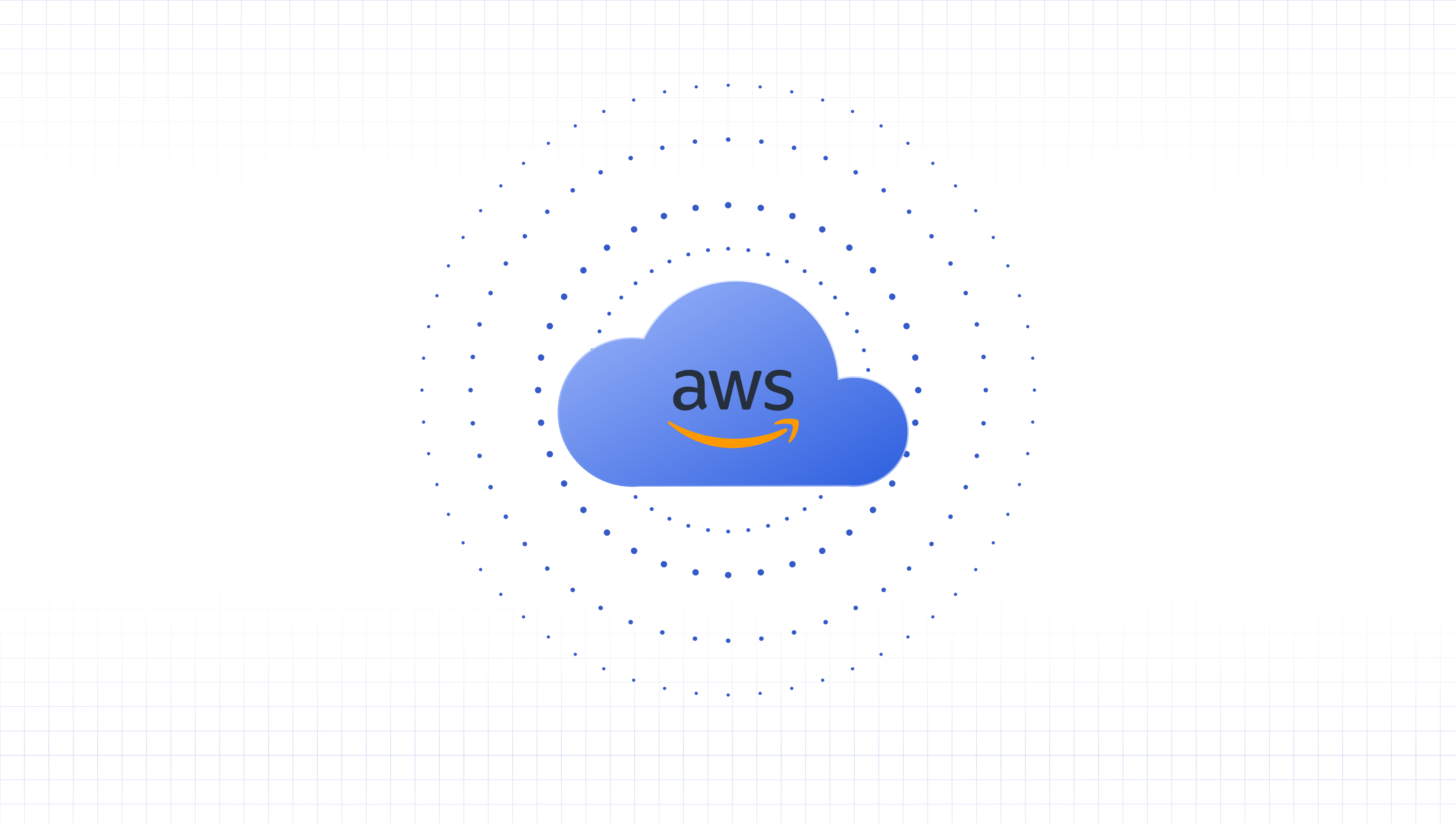Startups are looking for affordable and scalable cloud solutions. AWS or Amazon web services are regarded as the best choice for startups. AWS remains the focus to ensure the business enterprise can access safer data storage.
It is a scalable and trustworthy cloud computing option that is useful in executing different workloads efficiently. Migration of the resources to AWS cloud cloud helps enhance the business value. It also helps beat the competitive edge.
Benefits of migrating the startup to AWS
Migrating the workload to AWS offers different benefits. Now, we are going to talk about the benefits of migrating the IT resources you can achieve to seek the prerequisite results:
Agility and elasticity
AWS Cloud stands ahead in the crowd in serverless saas development in providing resources faster. You can find a quicker time to market and a rise in the latest code deployments. The development teams can start to work on the latest projects without delays.
AWS Lambda offers a serverless infrastructure, whereas the DevOps teams can develop different services without provisioning the specific underlying infrastructure. The users can leverage different functions stored in the shared repository to develop affordable applications.
High-performance infrastructure
Startups worry about peak infrastructure performance maintenance during migration to the hyper-scale stages of growth in serverless saas application developement. AWS offers demand access to the enterprise-grade cloud infrastructure without massive upfront investments to manage huge traffic spikes. You can enhance the server through AWS auto scaling groups to maintain better performance during crucial growth moments. By choosing AWS as a scalable backbone, you can focus on engaging and iterating customers instead of supporting the servers. With the cloud proficiently optimizing the infrastructure, you can scale the vision without restrictions.
Security
AWS cloud offers different security approaches to secure the resources: data encryption, security groups, data backup, identity and access management, and activity logging. You can opt for different AWS services, such as Amazon CloudTrail, Amazon CloudWatch, and Amazon GuardDuty, to log different user activity to improve the security posture of the business enterprise.
Scalable resources
AWS cloud is a highly scalable infrastructure for scaling databases and servers for Serverless Application development. Thus, you will gain success in scaling to accomplish the demand and reduce the costs. Therefore, you will only pay for what you use.
Steps to migrate the startup to AWS
Defining the migration goals
Defining the measurable and clear migration goals is recommended to ensure consensus on the outcomes upfront during migration to AWS. The latest goals for startups revolve around using cloud agility to improve time to market, increase and maintain application security and reliability, and enhance infrastructure cost efficiency.
AWS offers resources such as modernization centers and AWS migration to define the goals for cost management, thereby assuring that the migration is aligned with business goals.
Access the latest infrastructure and workload.
Assessing the latest workloads and infrastructure is recommended to gain a prerequisite understanding of the existing usage patterns, apps, technology architecture, security needs, and performance. Such assessment offers the foundation to move the latest environment to the optimal infrastructure and AWS services, thereby supporting the migration.
Designing and architecting the AWS environment
Migration to AWS offers a suitable option for medium-scale businesses and startups to design for performance and scale. Instead of shifting and lifting the infrastructure, architecting the environment on AWS ensures to create efficiency and flexibility. Choosing a well-architected environment boosts performance and reduces the risks. Thus, it makes the perfect stage to ensure a seamless transition, leading to the ultimate success of the AWS migration.
Migrating the system data on AWS
Here, you need to focus on the hassle-free transfer of the already present system data to the AWS cloud infrastructure. Choosing a meticulous approach is crucial to ensuring integrity, optimizing performance, and reducing down. The first step involves protecting the data via the comprehensive backup process.
Such a step includes creating crucial data copies, thereby verifying the validation and accuracy of the completeness. AWS provides different services for AWS backup and scalable object storage for centralized backup management.
Opting for the proper data migration process
AWS supports different data migration methodologies, such as offline migration for massive data volume and online migration to reduce downtime.
AWS DMS
AWS DMS, or Database Migration Service, is a crucial tool supporting heterogeneous and homogenous migration. It helps to address and remove the concerns associated with compatibility during the entire migration process. It automates the server migration, thereby simplifying the process.
If you want to ensure that the system is not overwhelmed and operations are occurring continuously, transferring the data in different manageable batches will be a good idea. Implementing the well-defined rollback plan using other AWS services provides a faster return to the latest system configuration.
Migrating the app to AWS
The final step involves running the actual transfer of the apps to the AWS cloud. The startup is transferred to AWS adoption via prioritized and systematic app migration at this stage. The primary objective is achieving optimized platforms and business continuity.
Running thorough testing
During app migration, executing the compatibility test focuses on ensuring the migration application’s seamless functionality in the latest environment. It provides the application with the latest configurations, infrastructure, and dependencies.





